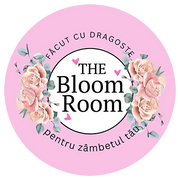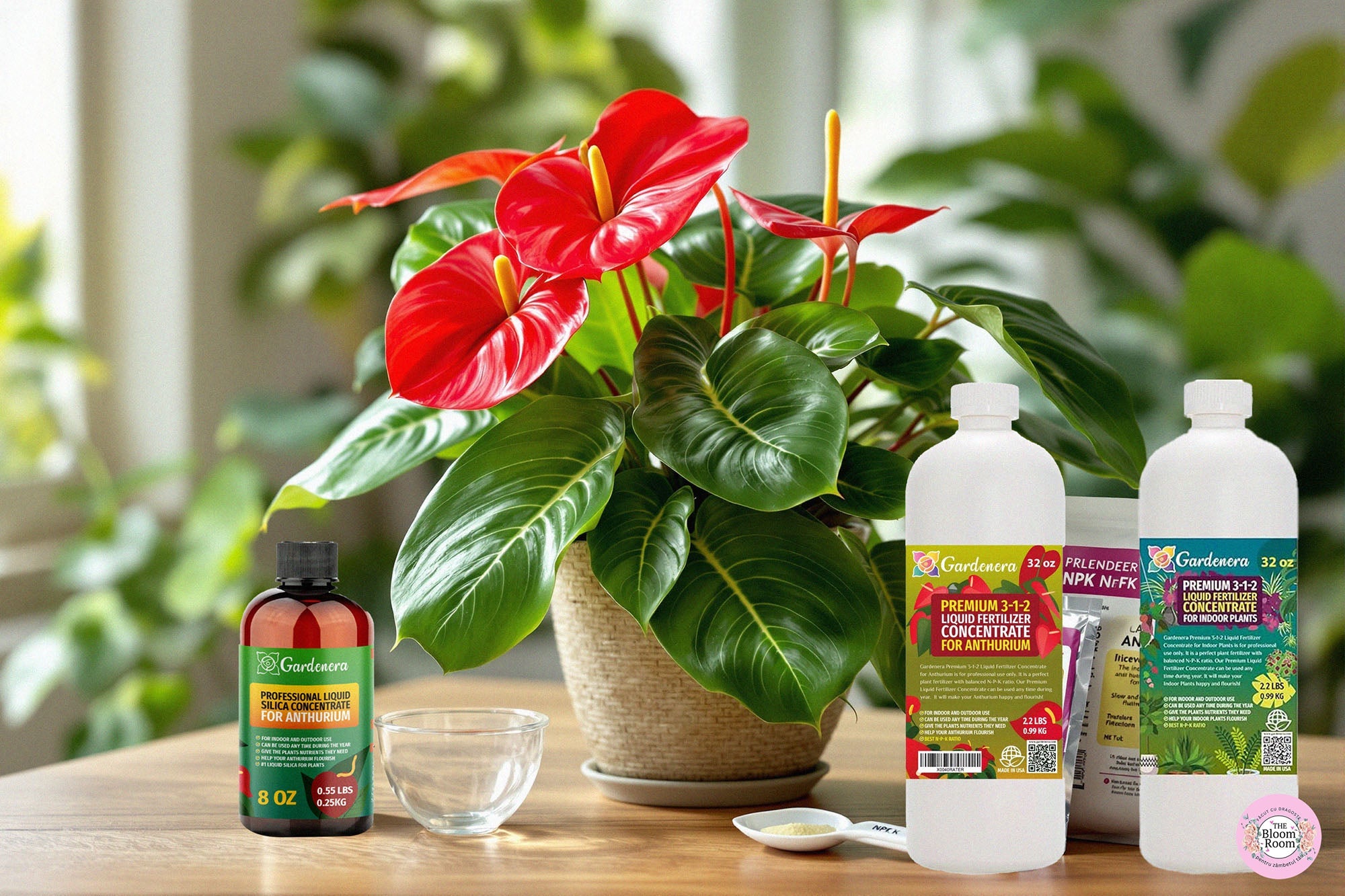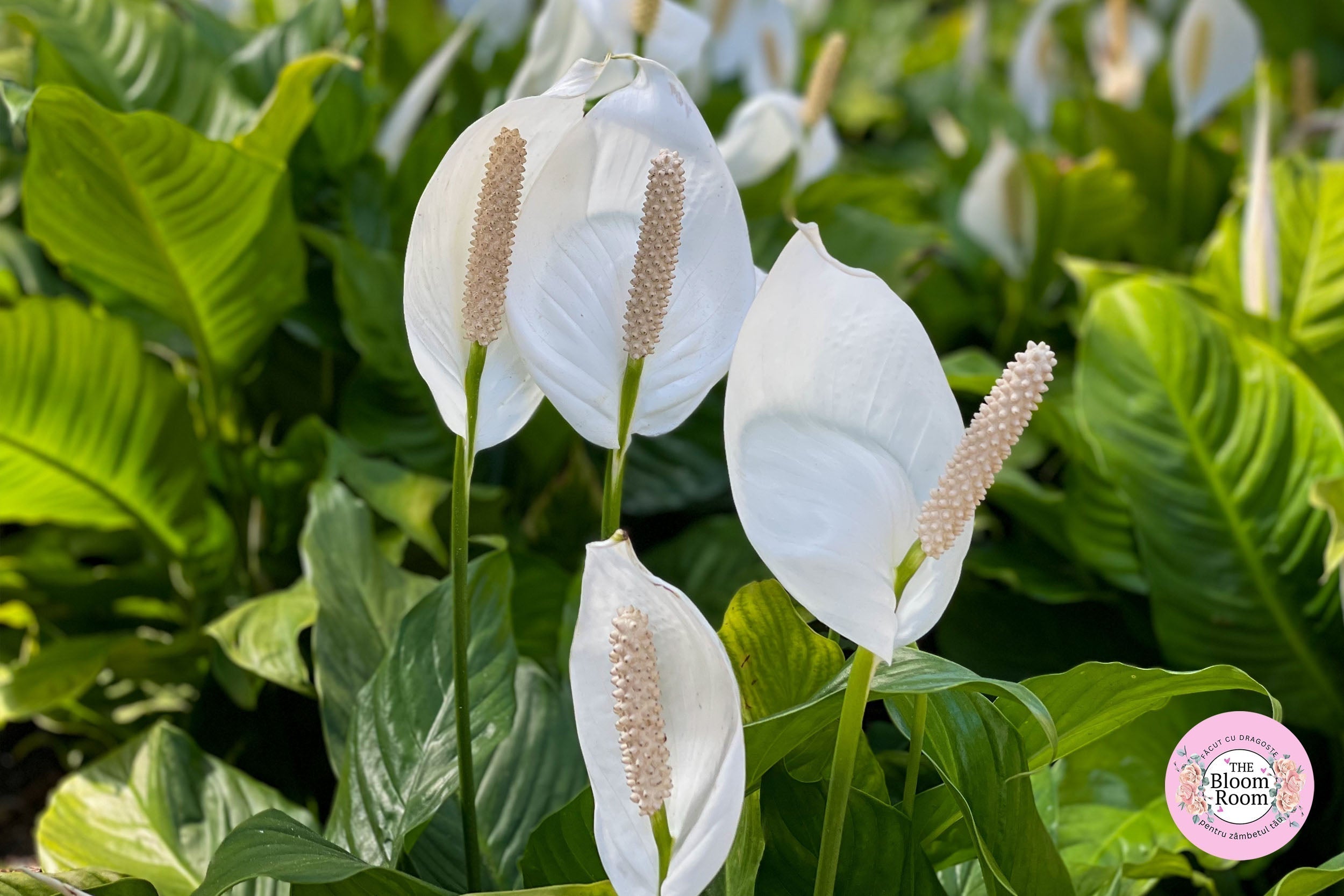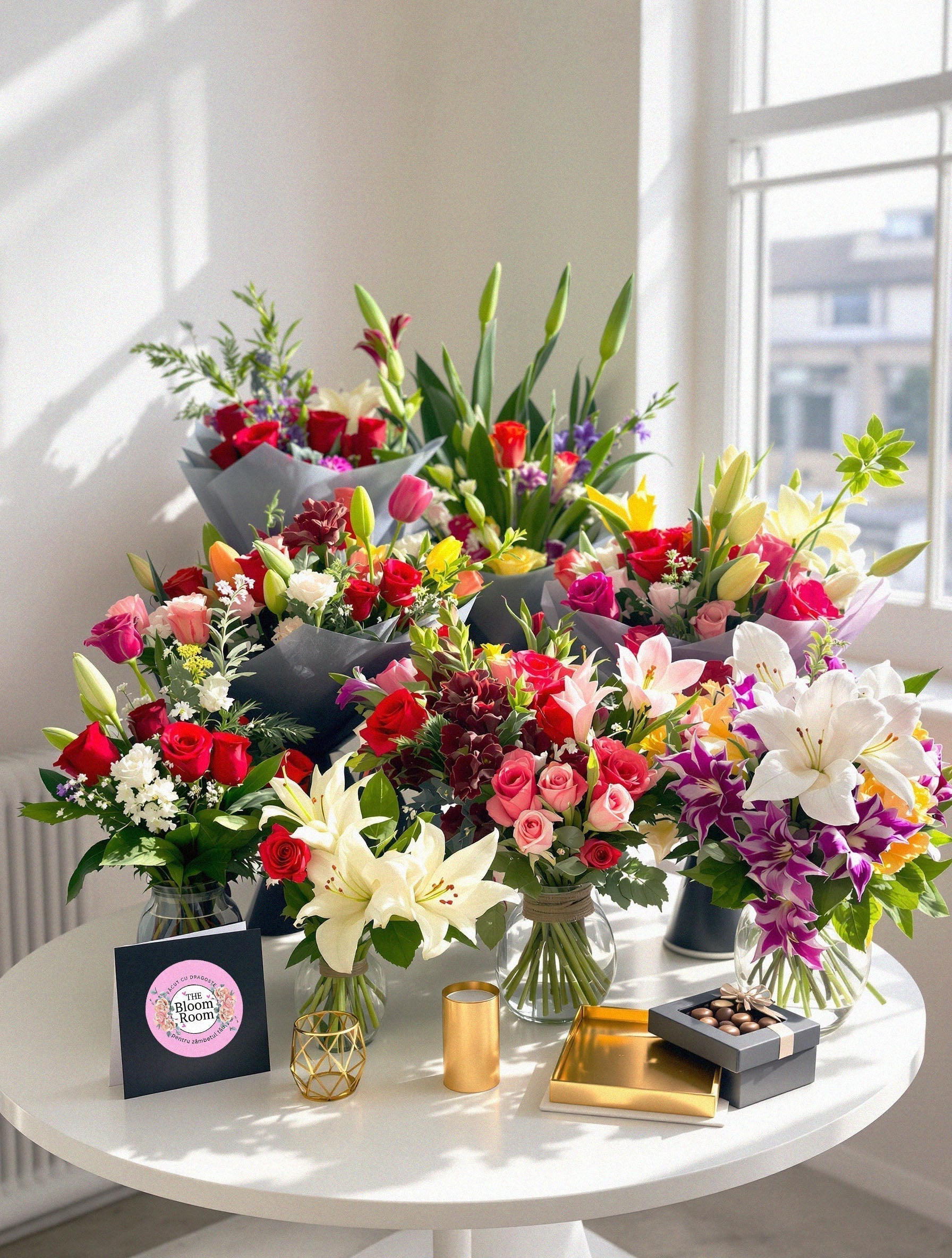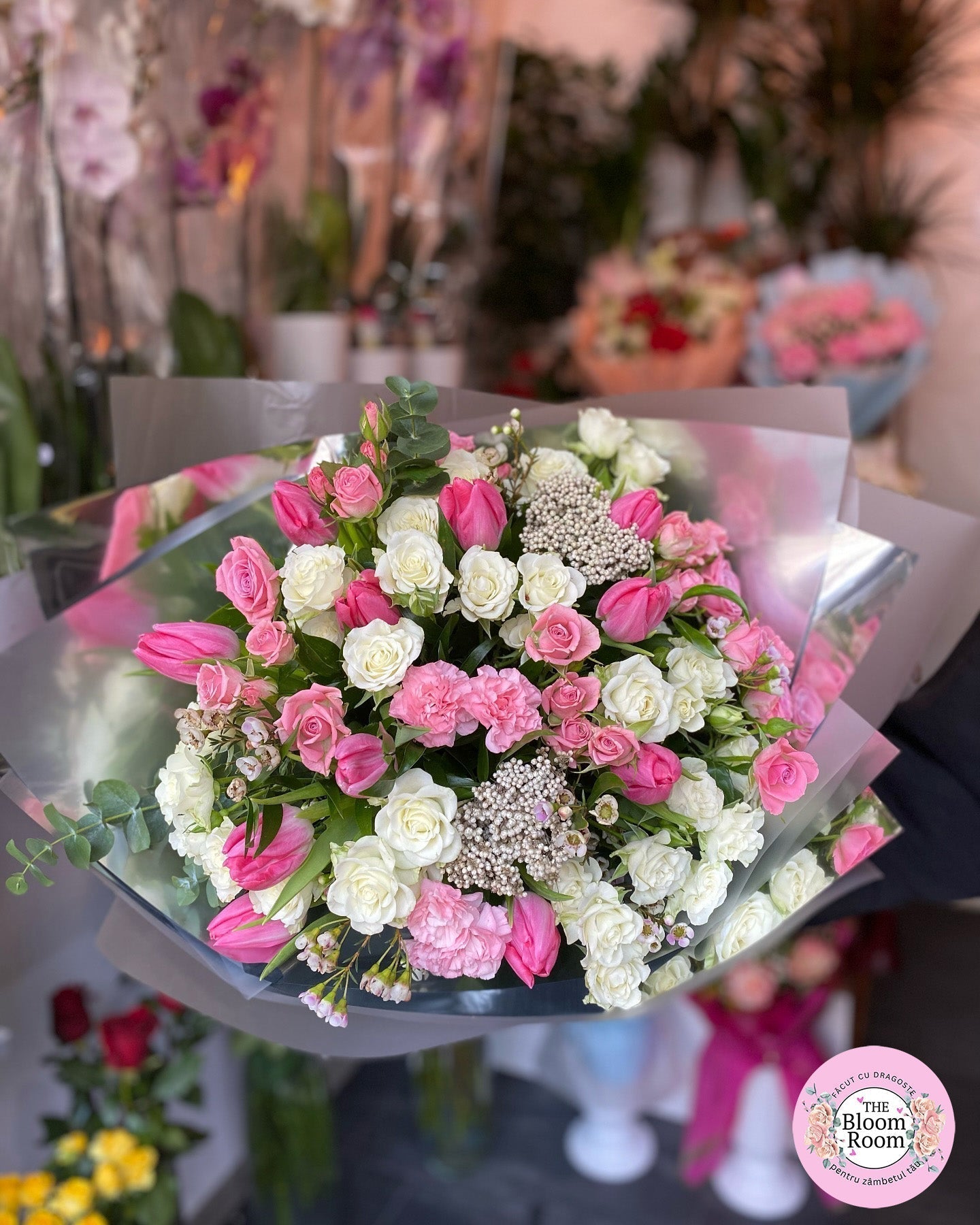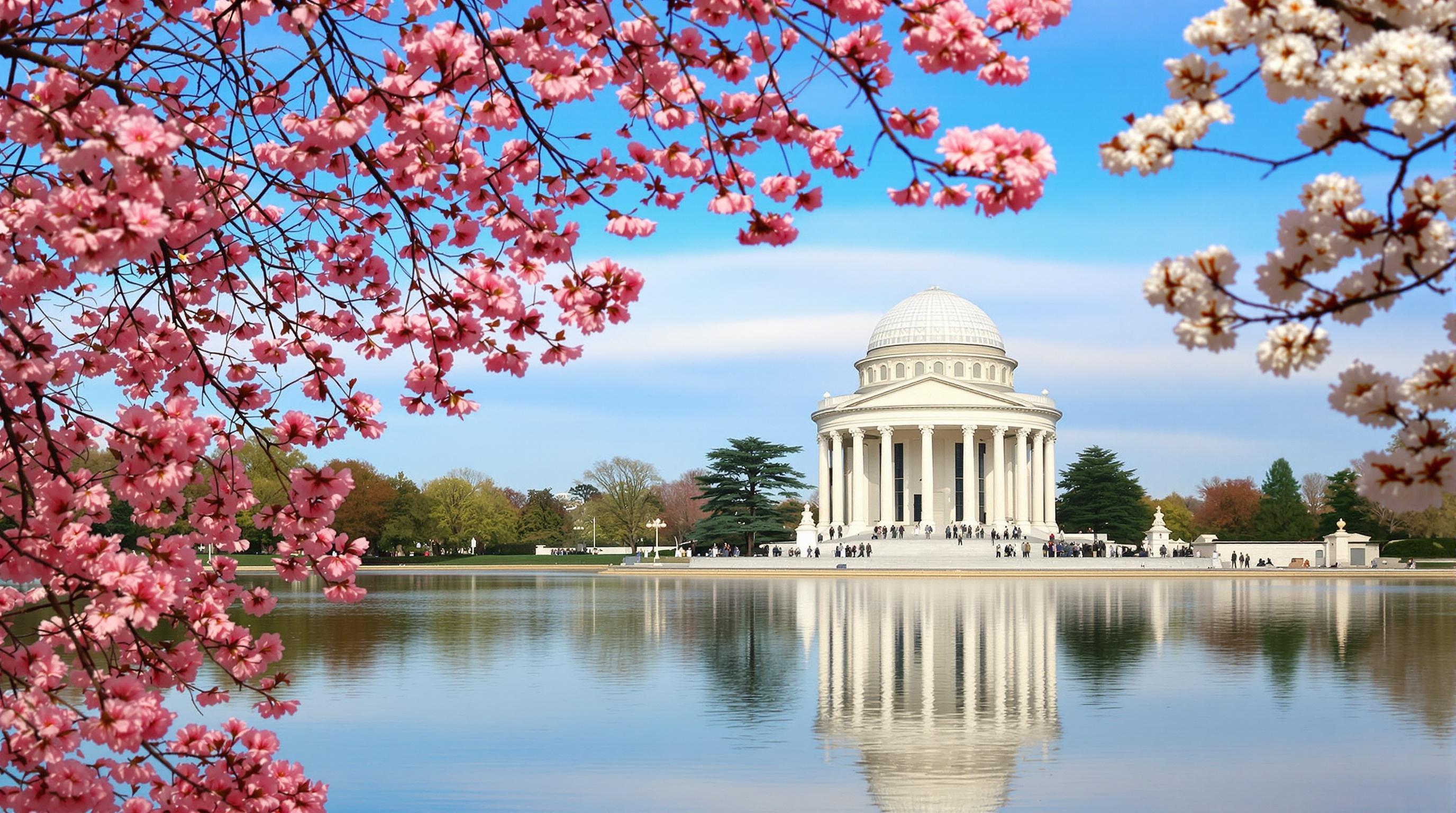Anthurium, also known as the "flamingo flower," is a tropical plant prized for its showy flowers and glossy foliage. Native to the rainforests of Central and South America, this plant adds a touch of elegance to any interior.

Optimal light for anthurium
For healthy growth and lush flowering, anthurium needs plenty of natural, but diffused, light. Avoid direct sunlight, especially during peak hours, as this can burn the leaves and flowers. It is best to place the pot near an east- or west-facing window, where it will receive filtered light. If there is not enough natural light, you can use full-spectrum lamps.
How to water anthurium
An important aspect of anthurium care is proper watering. The soil should always be slightly moist, but not soaked. Water the plant when the top layer of the substrate (2-3 cm) is dry to the touch. Use room temperature water, preferably rainwater or filtered water to avoid salt buildup. Make sure excess water drains from the pot and do not let water stagnate in the saucer to prevent root rot. During the cold season, reduce the frequency of watering.
Ideal temperature and humidity
Anthuriums like constant temperatures, between 21°C and 29°C in summer and at least 16°C in winter. Avoid cold drafts and sudden changes in temperature. To maintain optimal humidity (70-80%), regularly spray the leaves with water or use a humidifier, especially during the cold season or in rooms with dry air.
The right substrate for anthurium
For vigorous growth, use an aerated, well-drained substrate made from a mixture of peat, pine bark, perlite and potting soil. A slightly acidic pH level (5.5-6.5) is ideal. Renew the substrate every 1-2 years to prevent compaction and nutrient depletion.
Anthurium propagation
The easiest way to propagate anthurium is by dividing the bush. Remove the plant from the pot, carefully separate the roots, and plant each part in a new pot with fresh substrate. You can also use shoots or cuttings planted in moist soil to produce new plants. Propagation by seed is possible, but less common because it requires more time and special conditions.
Anthurium Fertilization

To encourage flowering, apply a balanced liquid fertilizer (NPK 20-20-20-20) every 2-4 weeks during the active growth period (spring and summer). Dilute the fertilizer to half the recommended dose to avoid salt buildup. Alternate with slow-release fertilizers for a steady supply of nutrients.
Replanting and care
Repot your anthurium every 2-3 years or when the roots outgrow the pot. Choose a slightly larger pot and use fresh potting soil. Remove faded flowers and leaves periodically to encourage new blooms.
Common problems with anthurium
Yellowing of the leaves may indicate excessive watering or lack of moisture. Drying of the leaves is usually caused by dry air. To prevent the appearance of pests (red spider mites, scale insects, whiteflies), regularly inspect the plant and, if necessary, use garden soap or wipe the leaves with a damp cloth.
Anthurium, anthurium care, anthurium propagation, how to water anthurium, flamingo flower, anthurium substrate, anthurium fertilizer, anthurium transplant, anthurium humidity, anthurium light.
 Online support from 8:00 to 21:00
Online support from 8:00 to 21:00
